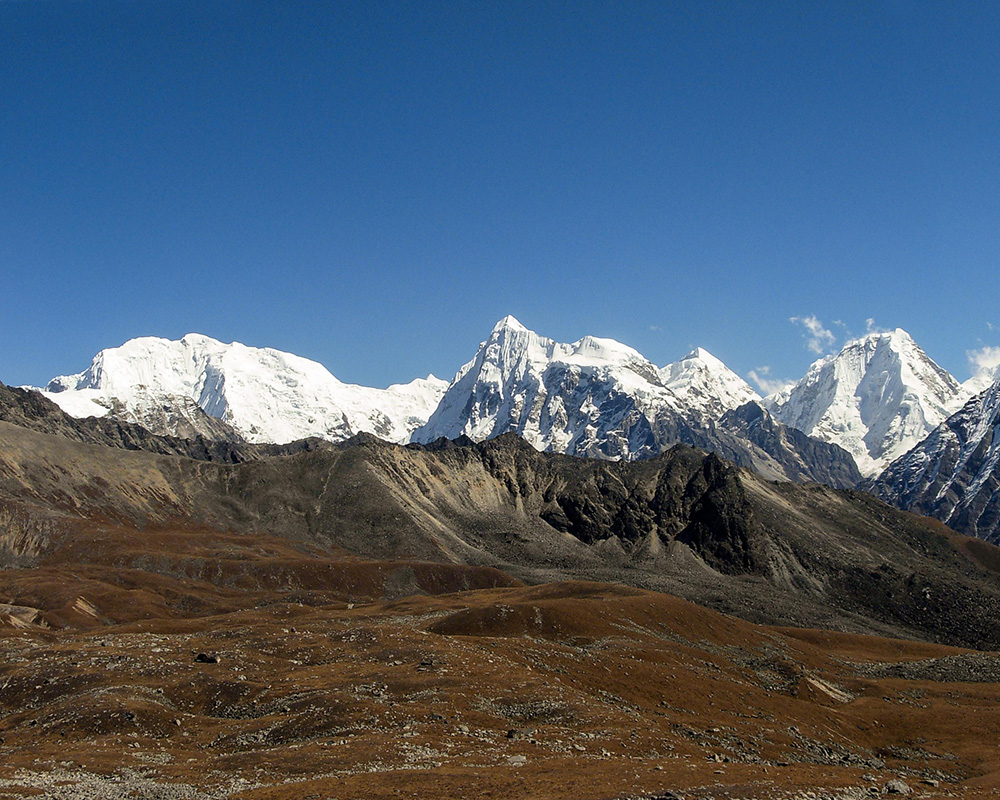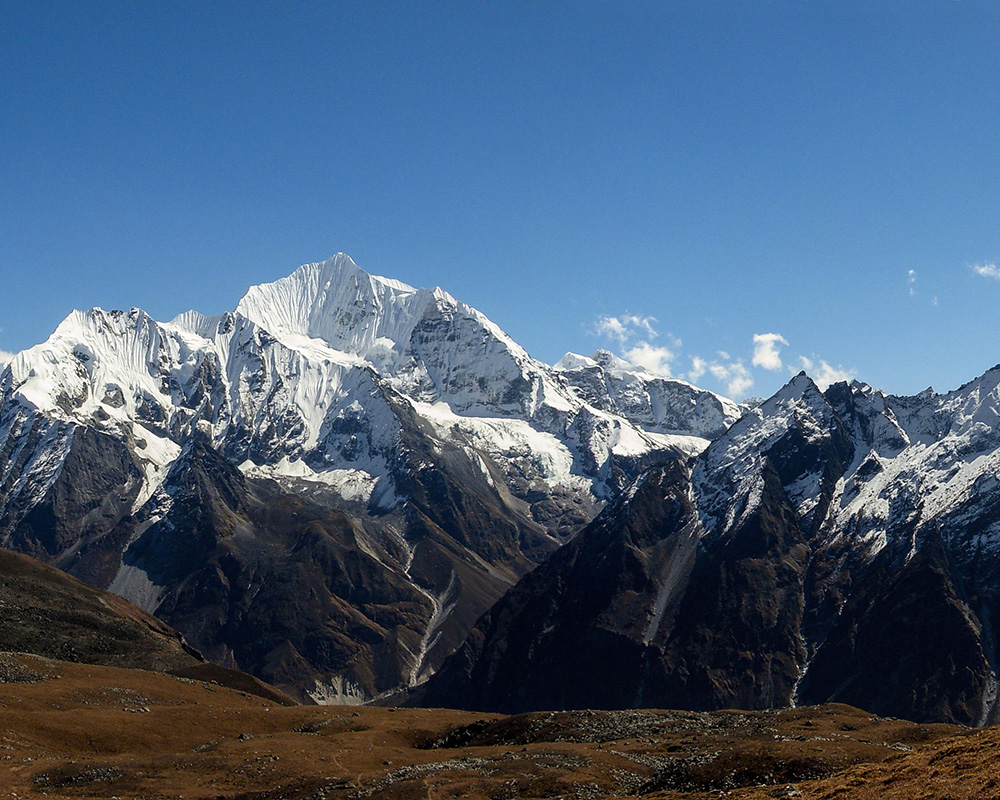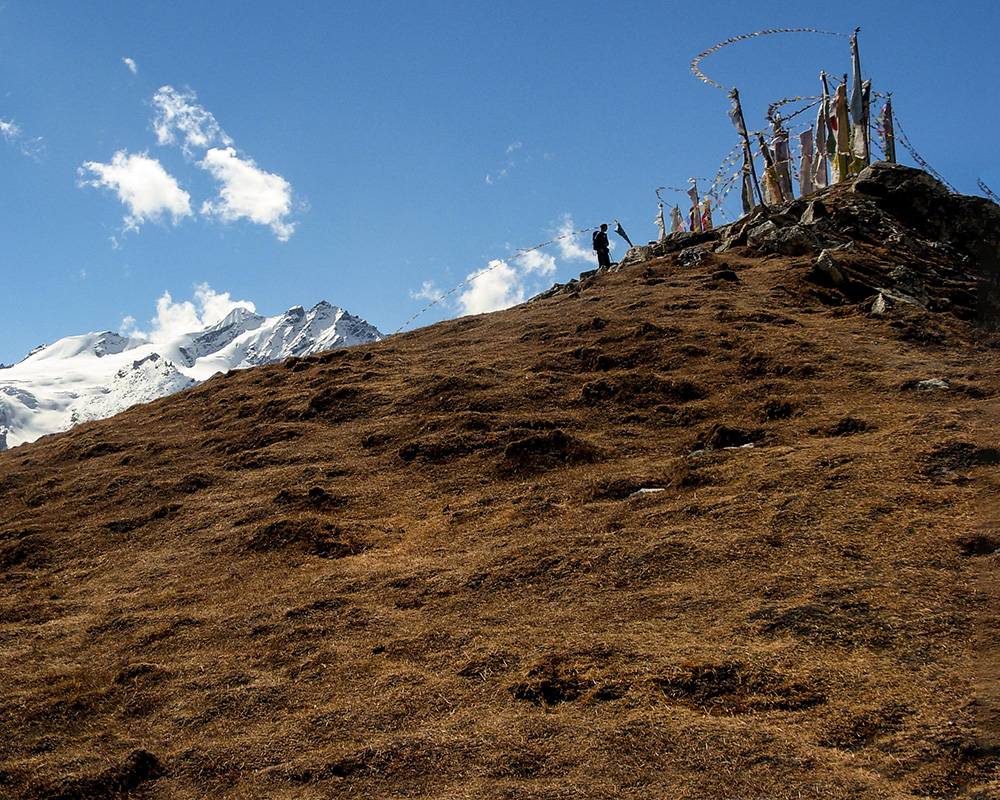Currently our lodge consists of two buildings: the bedroom & shower unit and the kitchen & dining hall. On nice days it is lovely to sit outside and enjoy the scenery.

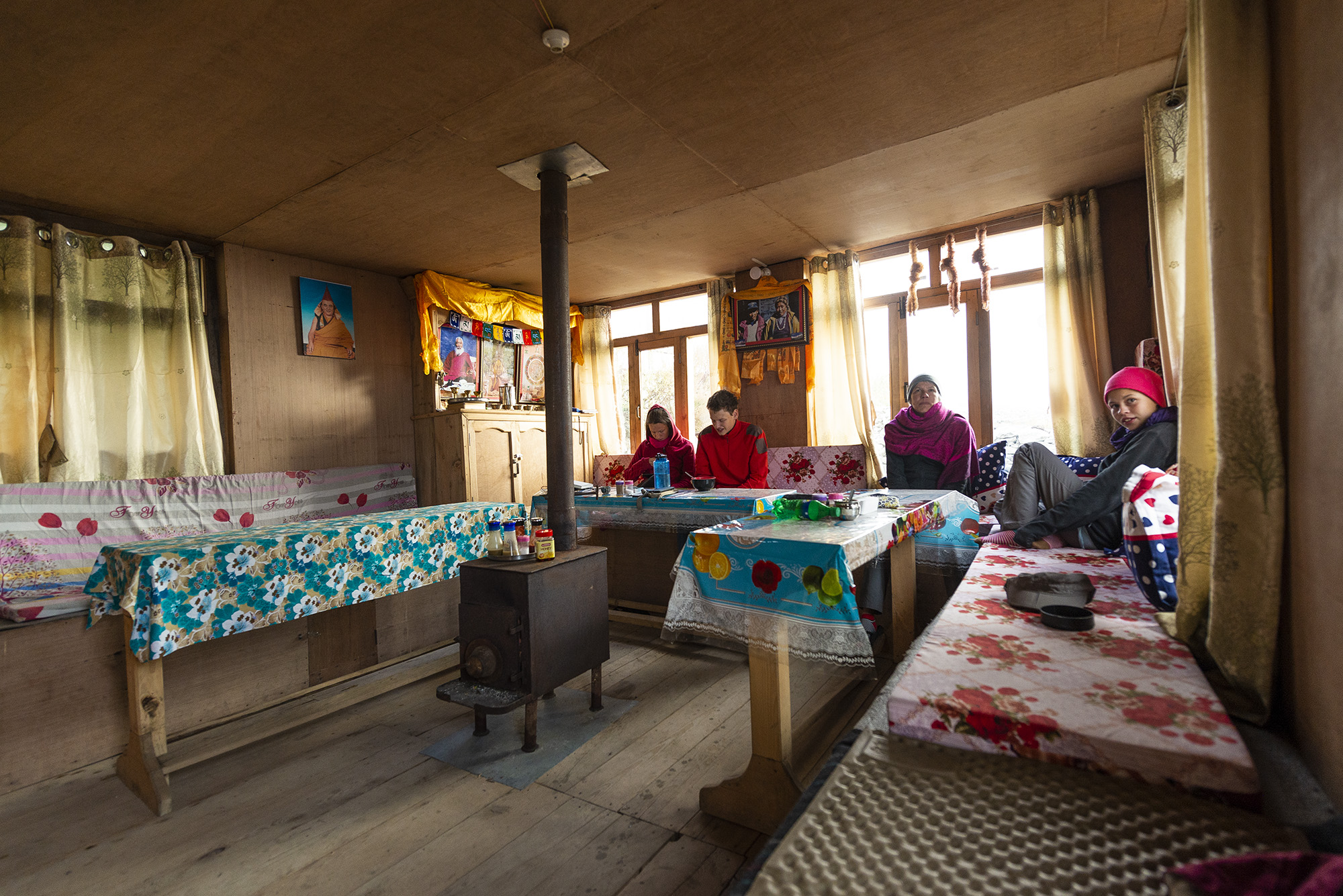

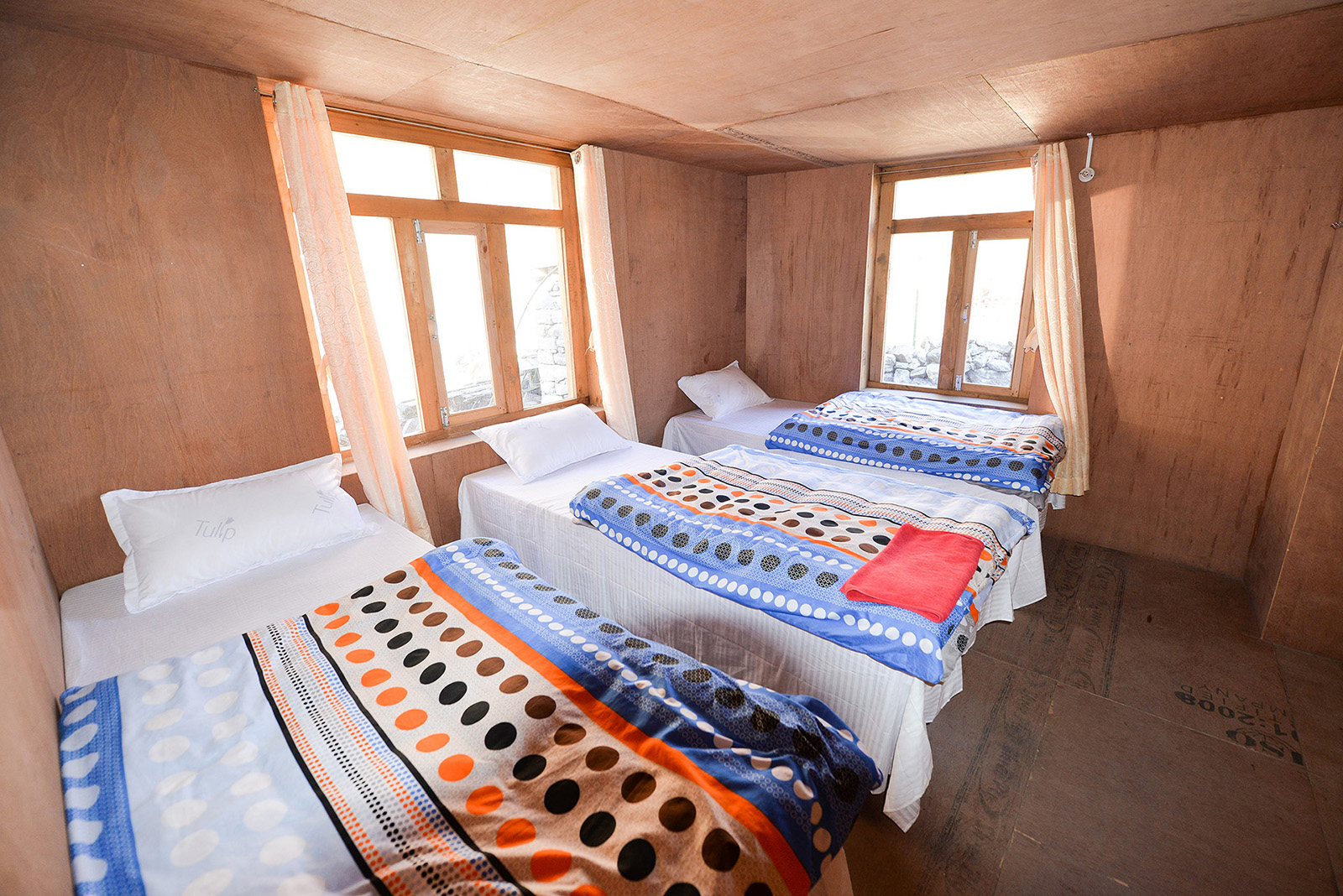

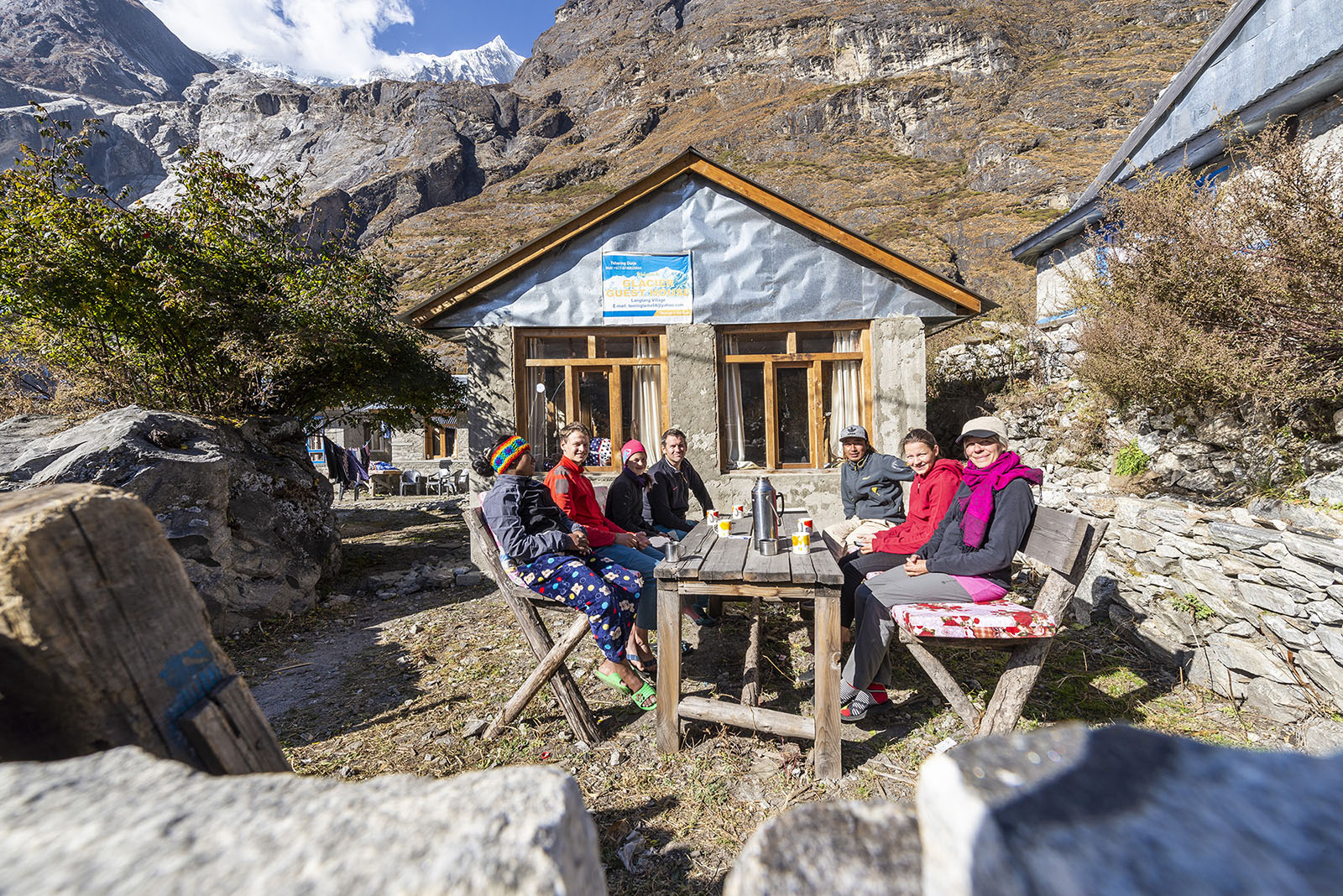
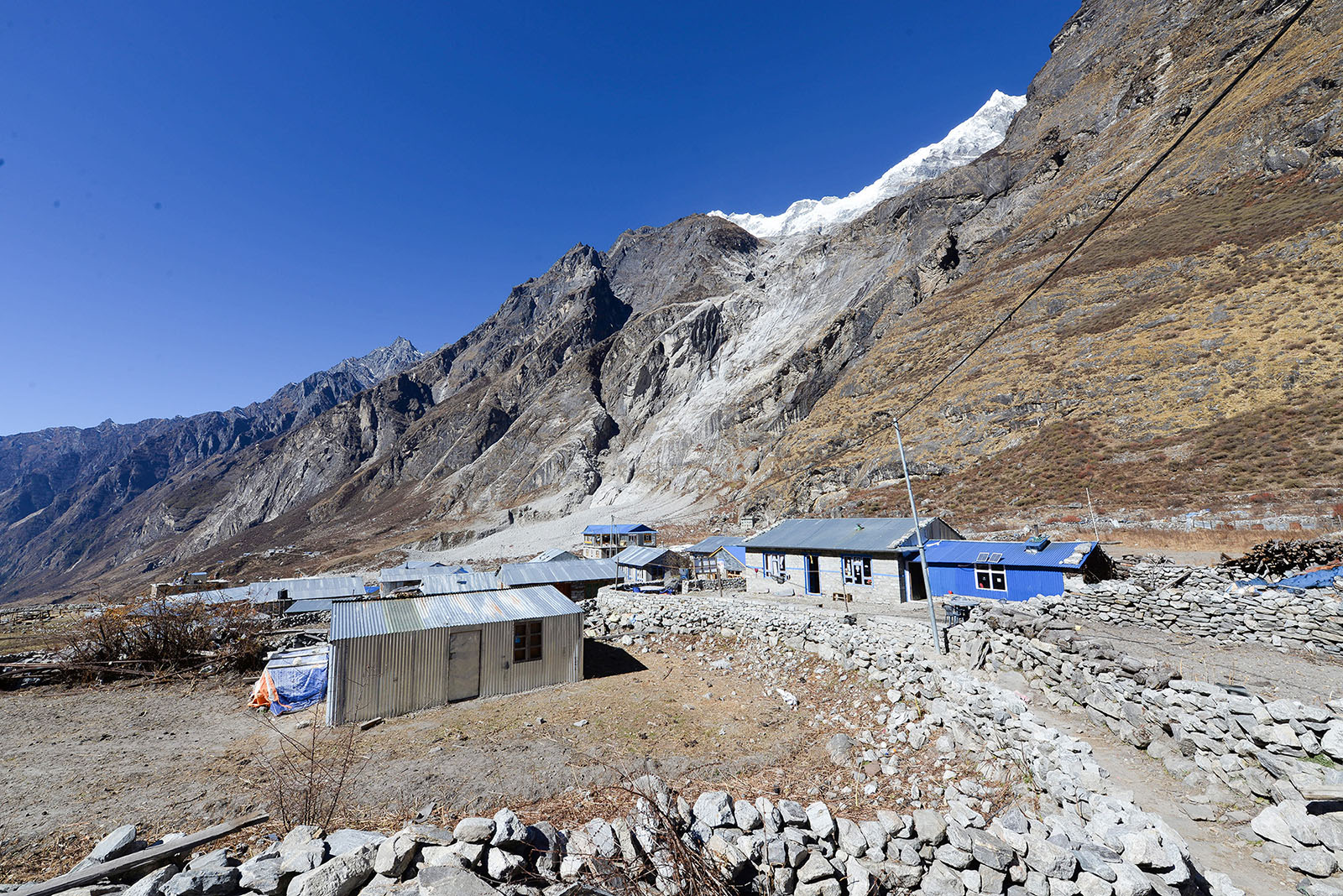
Having grown up here, we know every rock around Langtang.
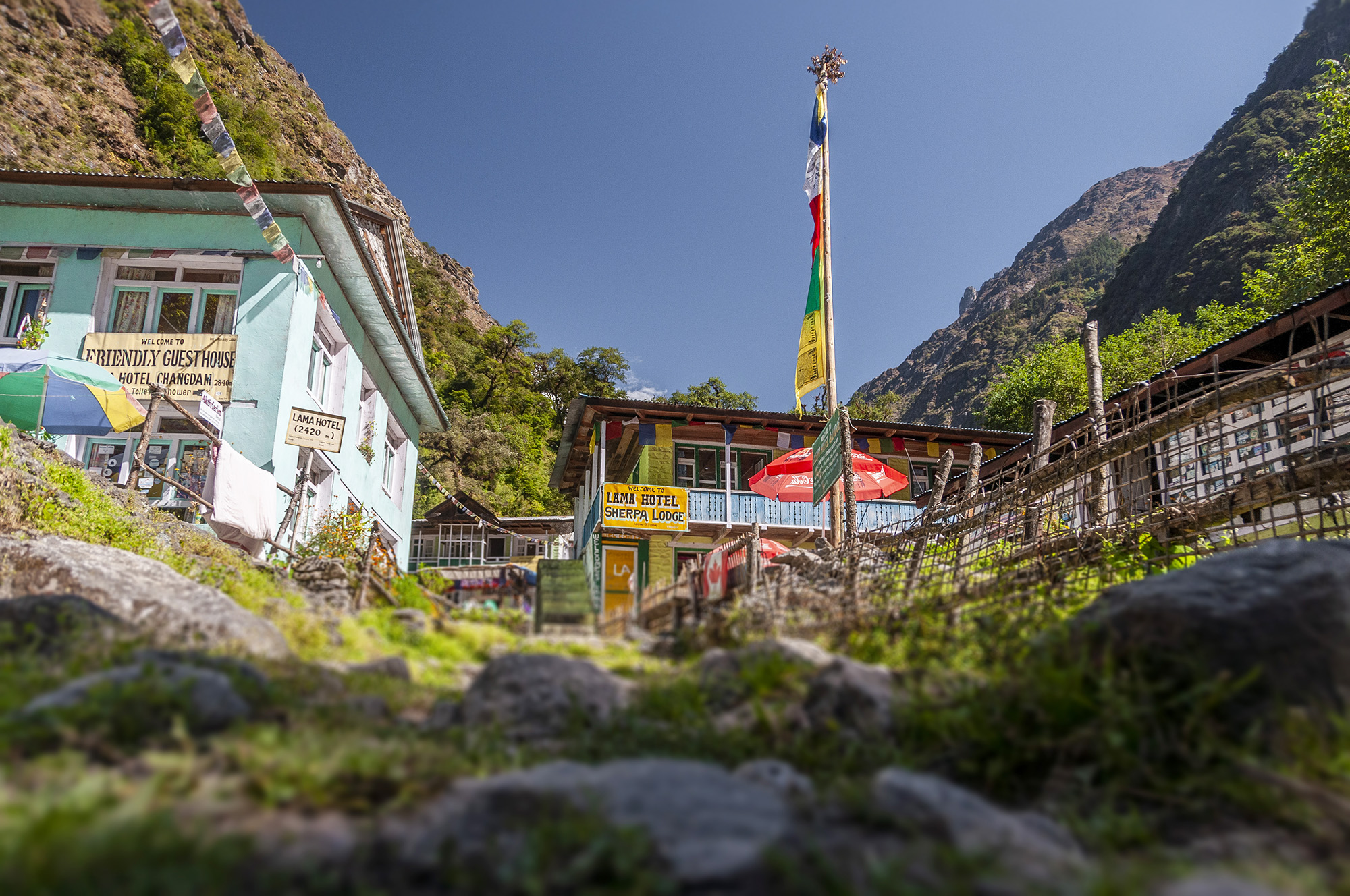
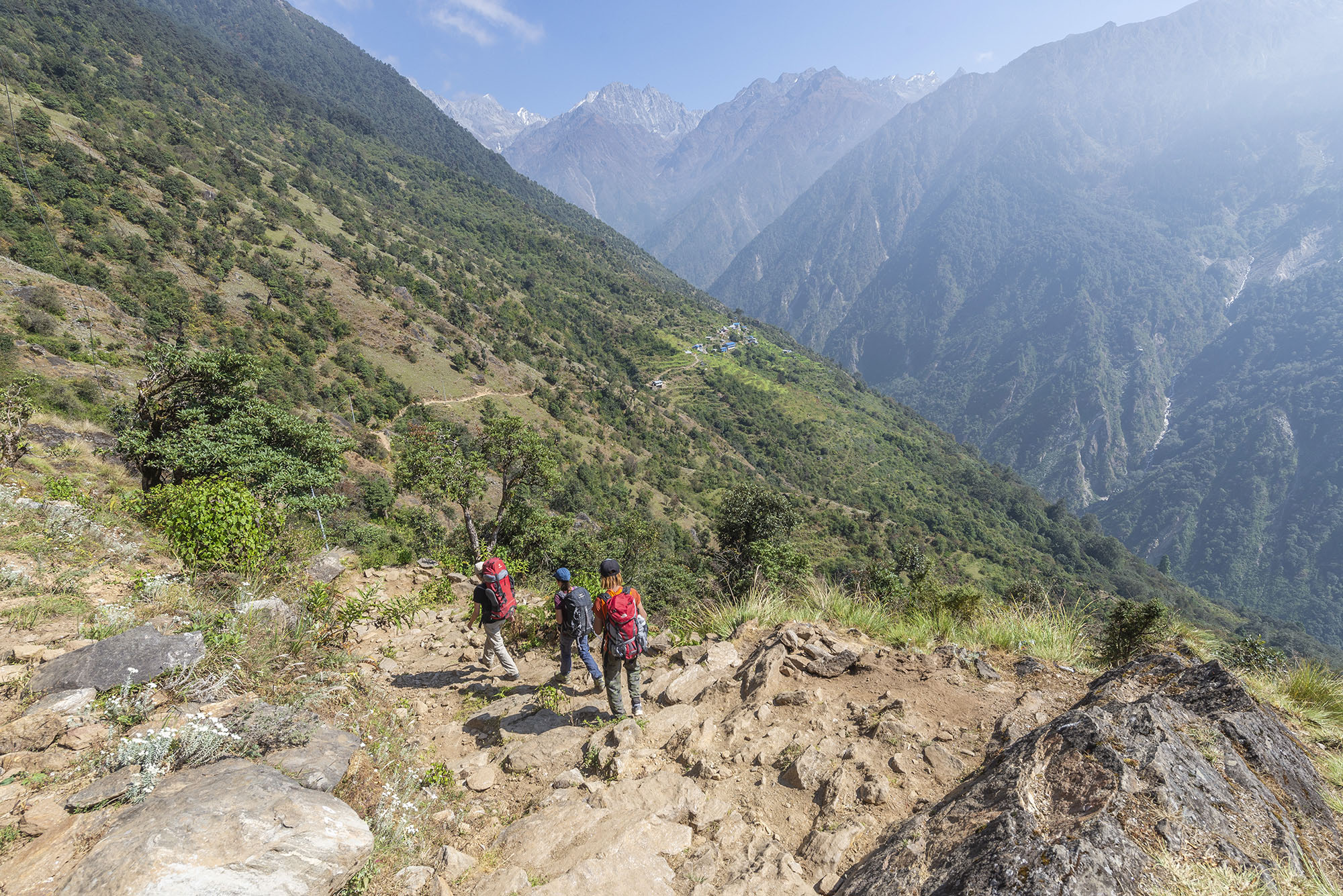
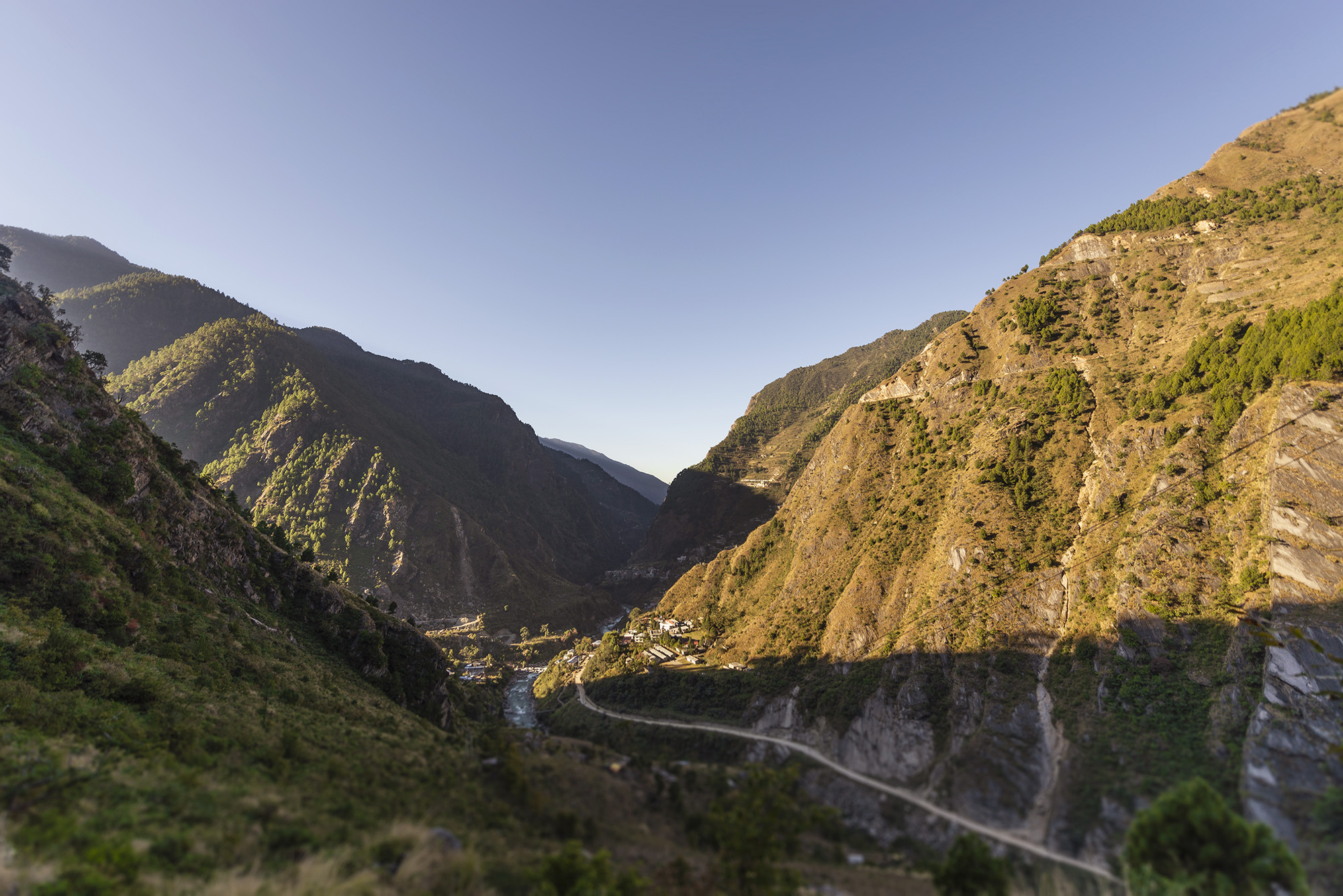

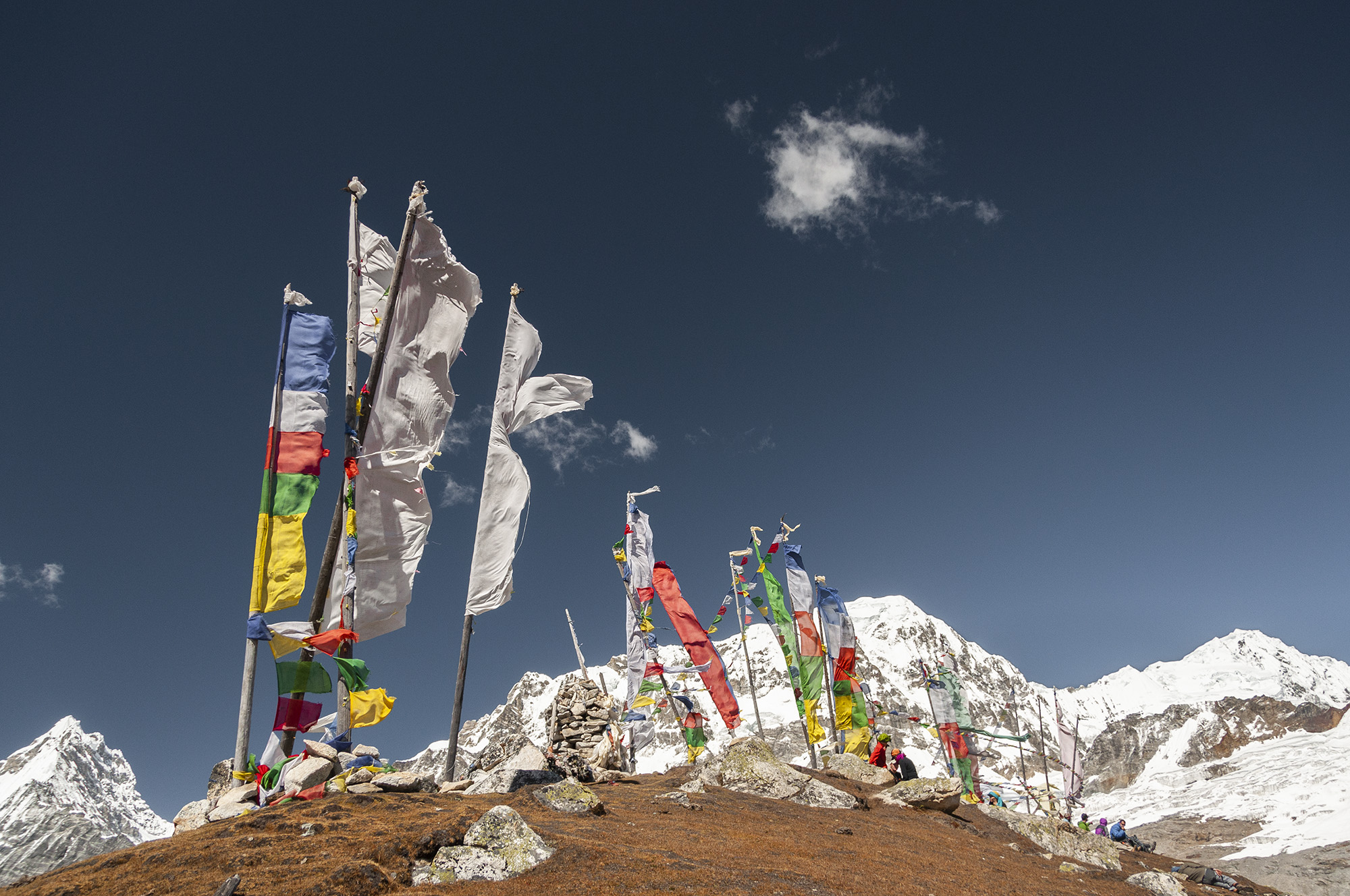

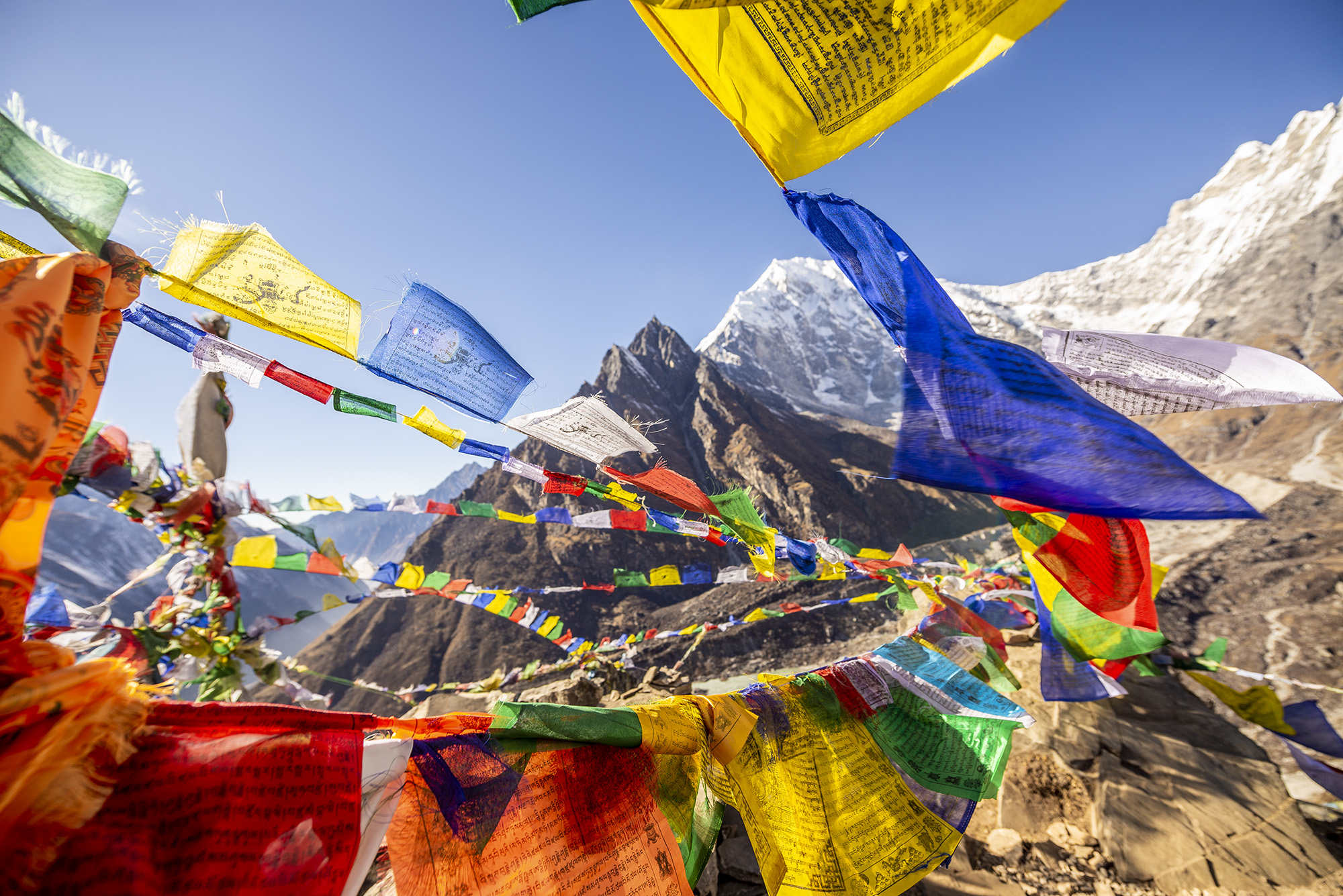
Following the three main trekking routes you can discover the Langtang National Park and the southern Helambu region.
Langtang Valley, Helambu and Gosaikunda Lake

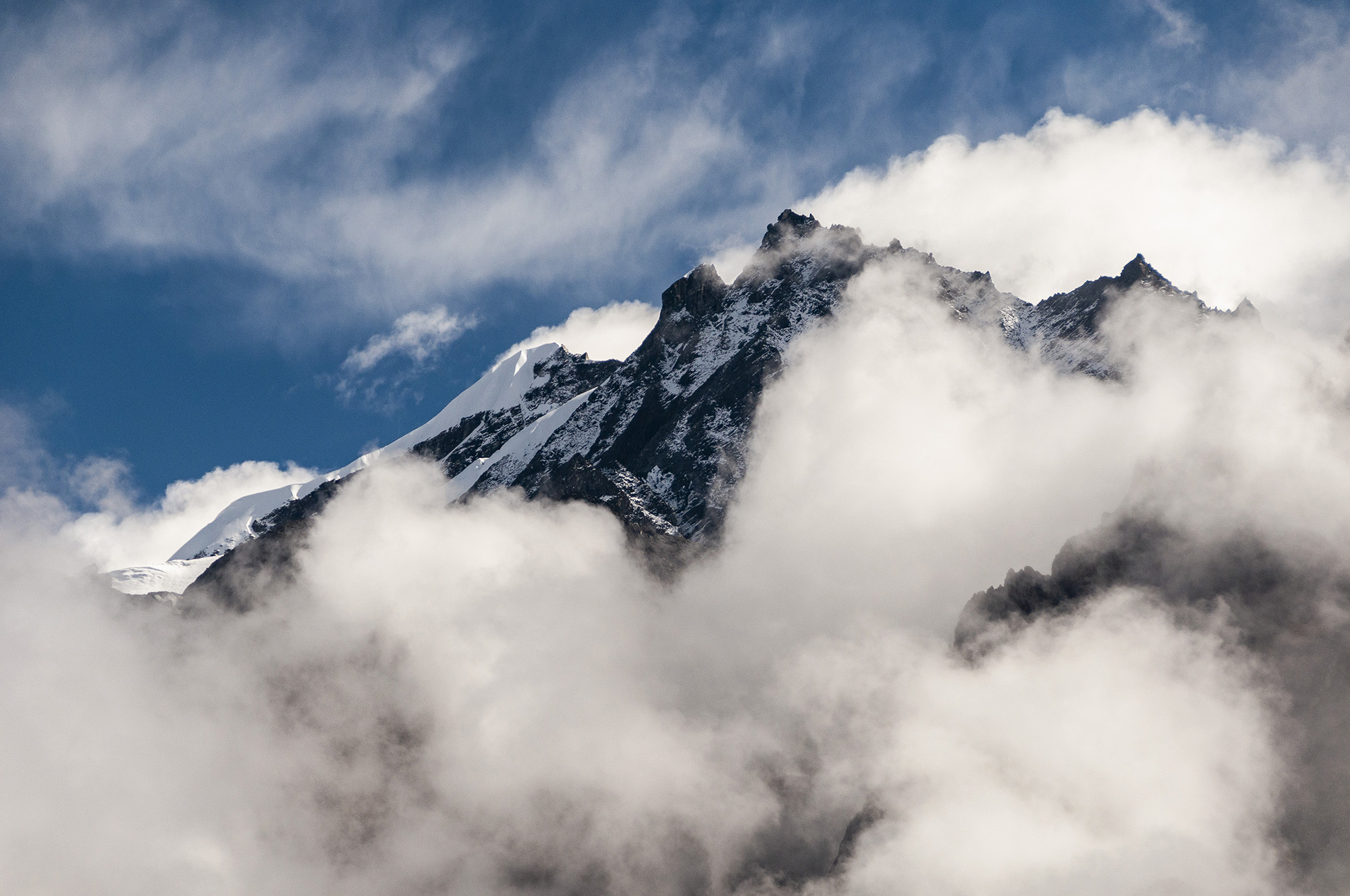
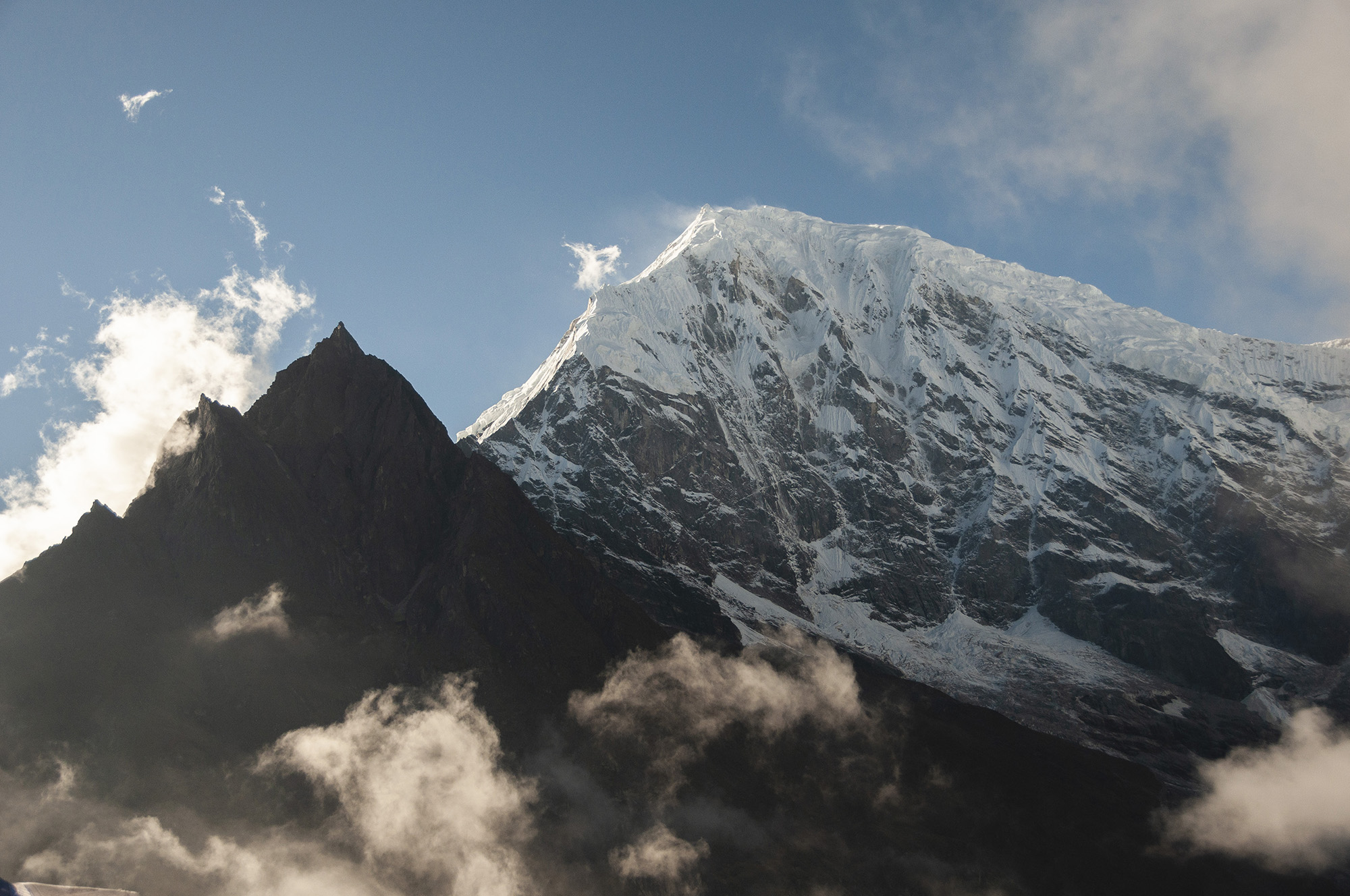
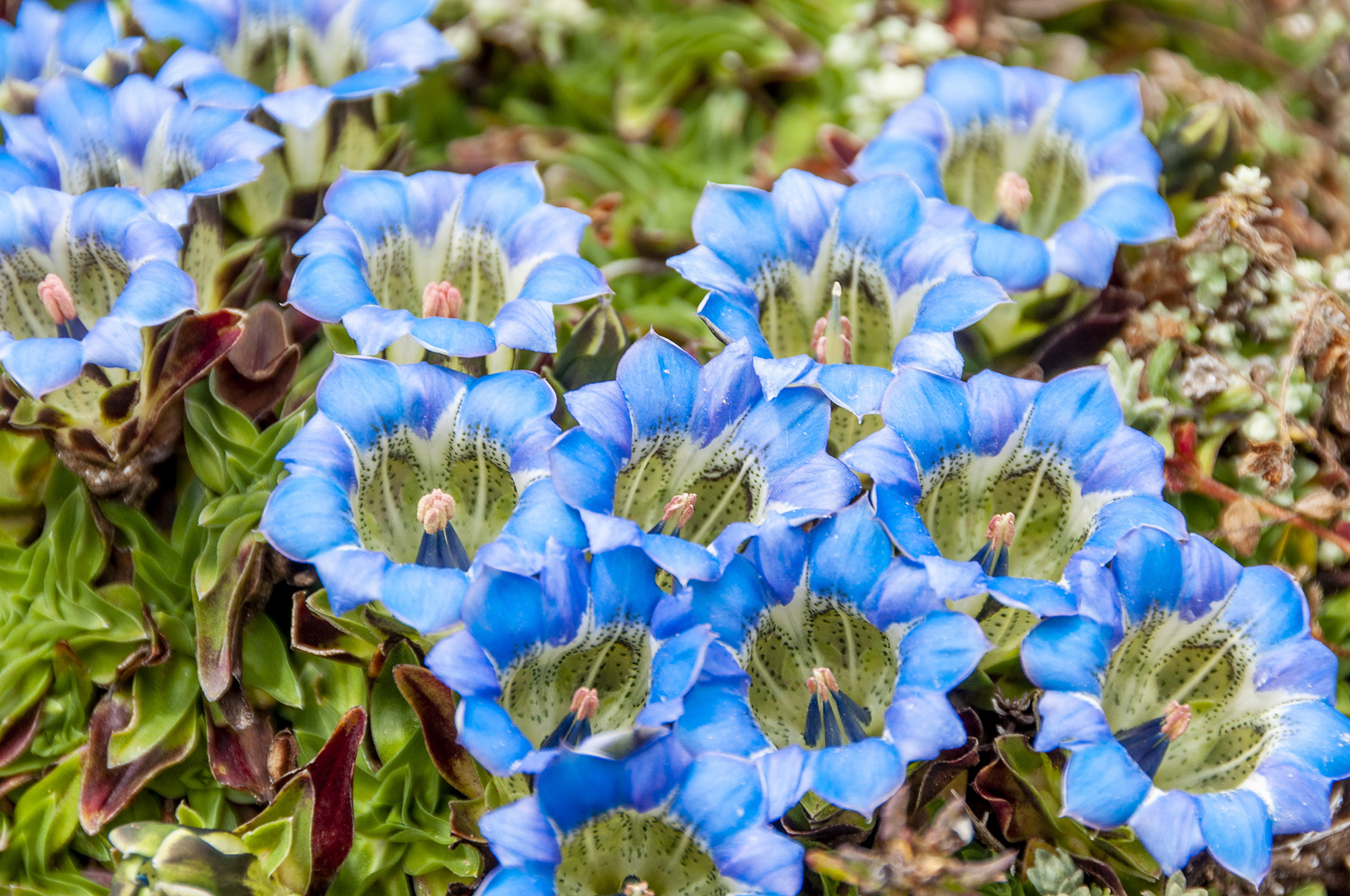
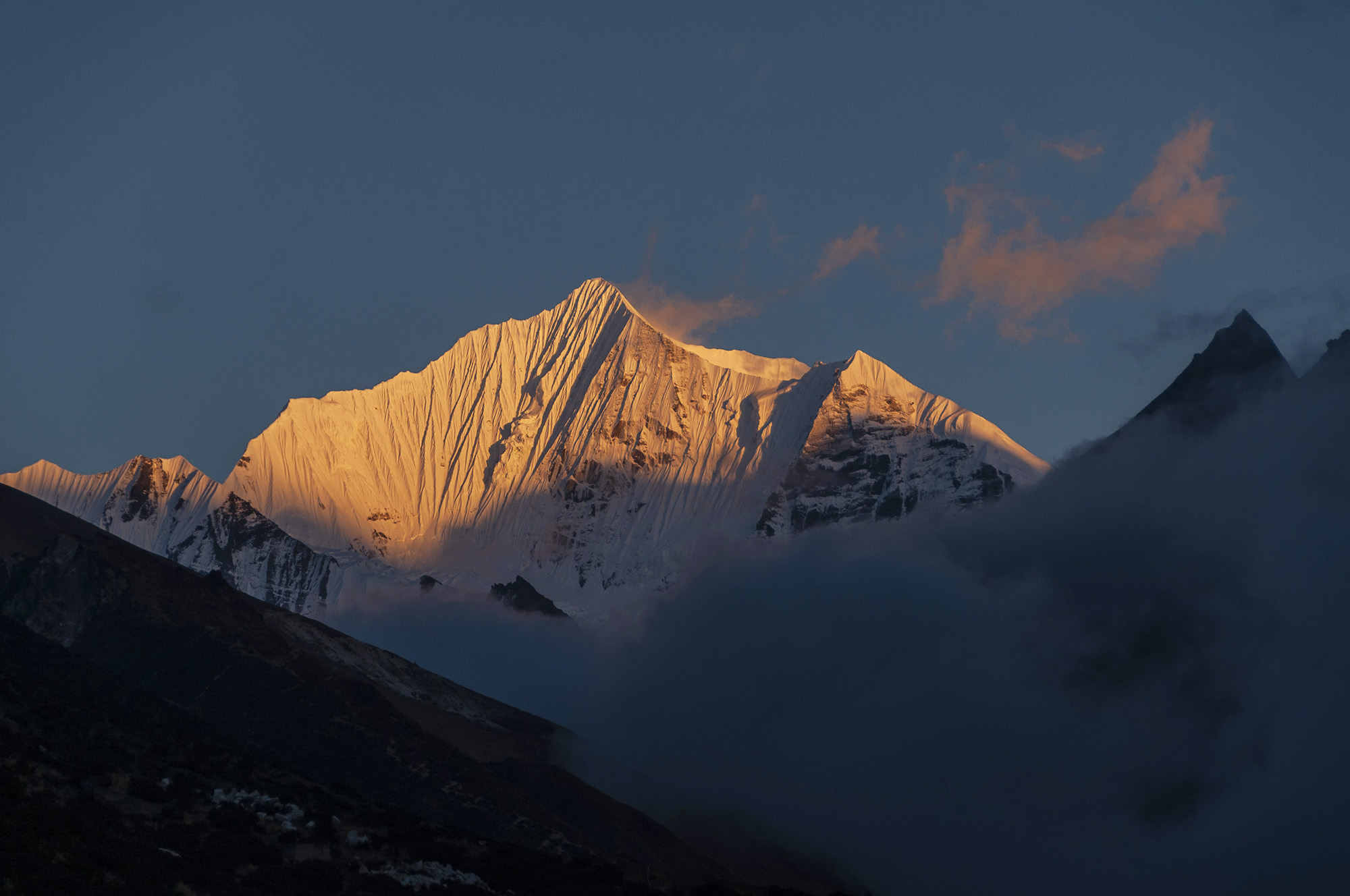
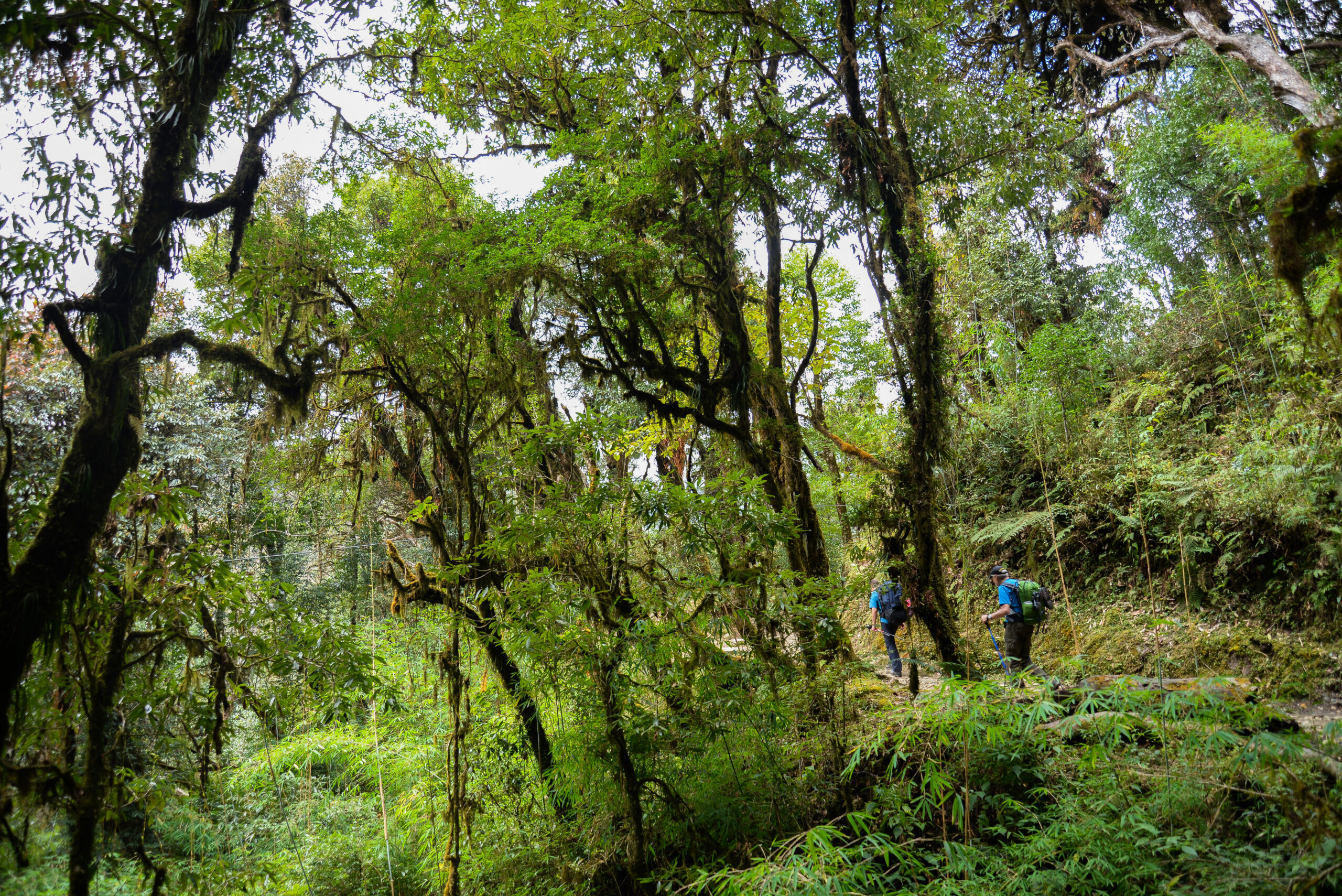

Langtang National Park was founded 1976. It is located in the north of Nepal about 30 km from Kathmandu. It covers an area of 1710 km2 and lies within the districts of Nuwakot, Rasuwa and Sindhupalchok. To the north and east it borders on Tibet. The western border follows the rivers Trishuli and Koshi.
The park covers a lot of elevation, starting at 1’500 m in the valley and ascending to the top of Mt. Langtang Lirung at 7’234 m. As a result it contains an immense ecological diversity. Some of the most attractive areas include the Langtang Valley, the holy lakes at Gosainkunda and the forested hillsides above the village of Helambu. The park is inhabited by red panda and other rare animals, such as himalayan black bear, ghoral, grey langur monkey, snow leopard and many more.
The park also offers rich cultural diversity. The three main ethnic groups in LNP are the Tamang, Yolmo and Bhotia, who all originate from Tibet.
